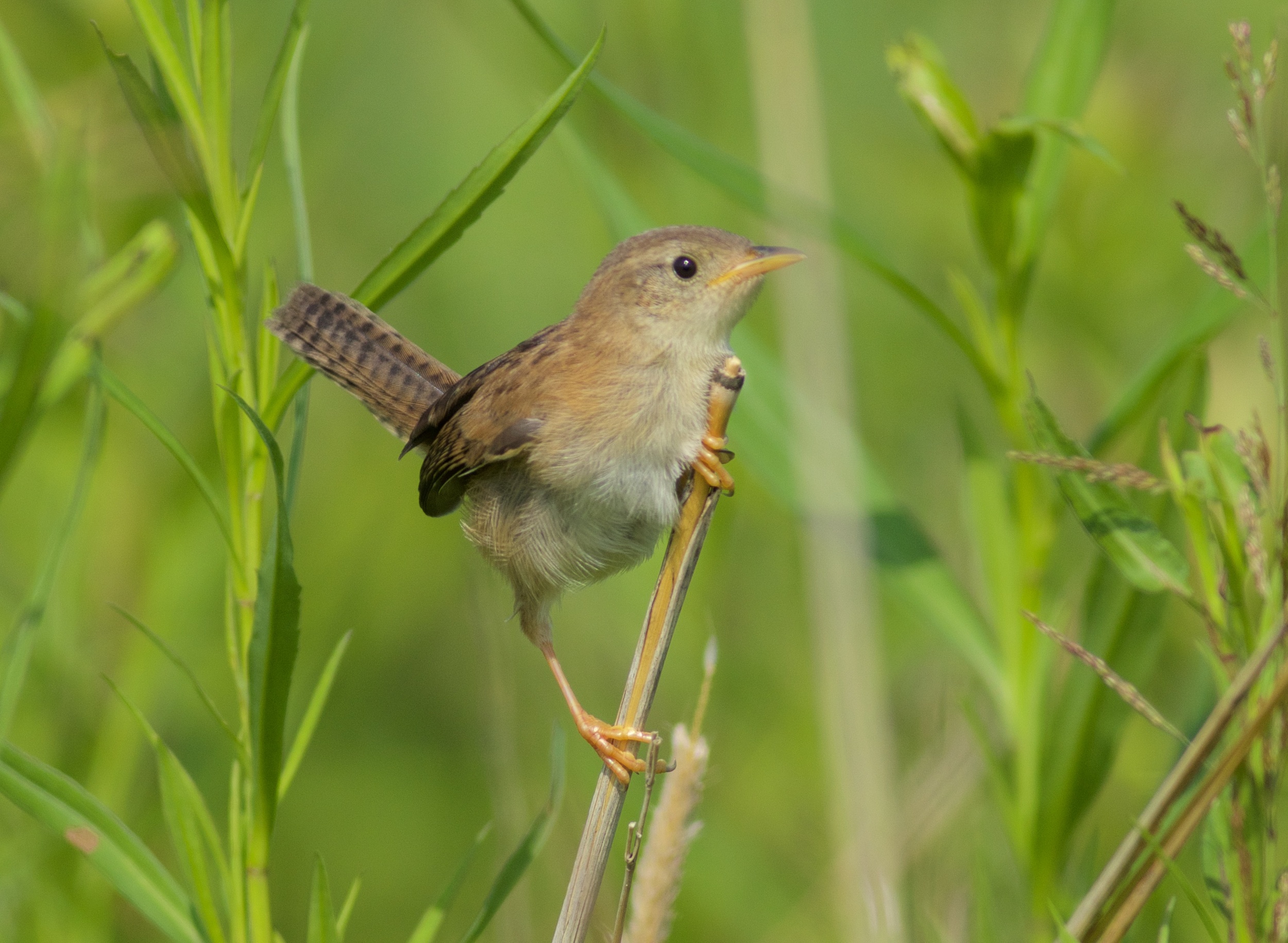The first atlas was conducted from 1995–2000 by over 1,600 (mostly) volunteer observers, and the information they collected proved to be a landmark tool guiding species management and conservation activities by federal, state, and private natural resource groups. The second, five-year atlas will document changes the last two decades. Major partners leading the atlas project are the Wisconsin Society for Ornithology (WSO), the Wisconsin Department of Natural Resources, the Western Great Lakes Bird and Bat Observatory.
Kim Kreitinger, WSO President, said, “The second Atlas project will provide a new snapshot of Wisconsin’s bird community, which will help us address important bird conservation issues in the state. Because the Atlas requires such a massive volunteer effort, it will also help us to elevate public awareness of nature and directly connect Wisconsin’s citizens to conservation.”
Over 1,300 volunteers in Wisconsin have submitted almost 72,000 checklists and confirmed 219 species. In Columbia County 101 volunteers have submitted almost 1,500 checklists and confirmed 117 species.
In Columbia County, we are finding increases and decreases in some bird populations. Bald eagle and ospreys are increasing while other birds like the ruffed grouse and ring-necked pheasant are decreasing. We added common ravens to the list of nesting birds in Columbia County while finding that gray partridge no longer live in Columbia County.

















